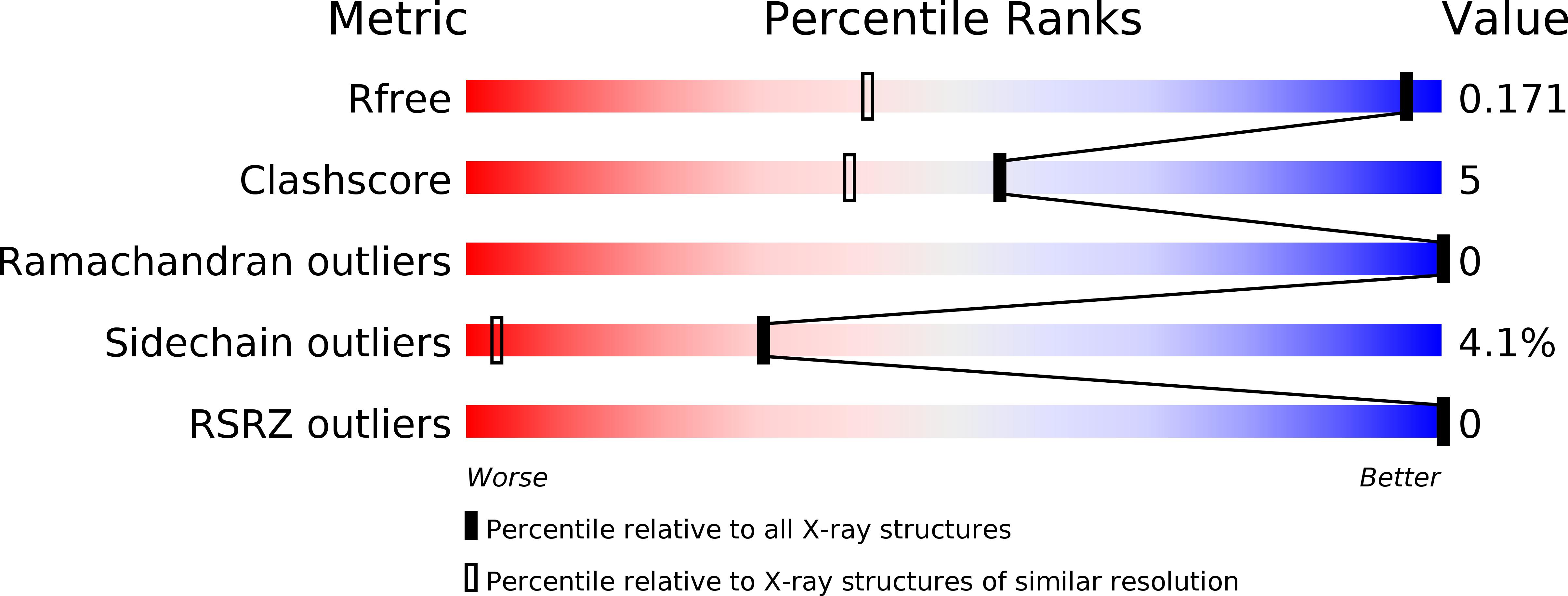
Deposition Date
2011-06-29
Release Date
2011-10-05
Last Version Date
2024-11-20
Method Details:
Experimental Method:
Resolution:
1.10 Å
R-Value Free:
0.18
R-Value Work:
0.16
R-Value Observed:
0.16
Space Group:
P 21 21 21


